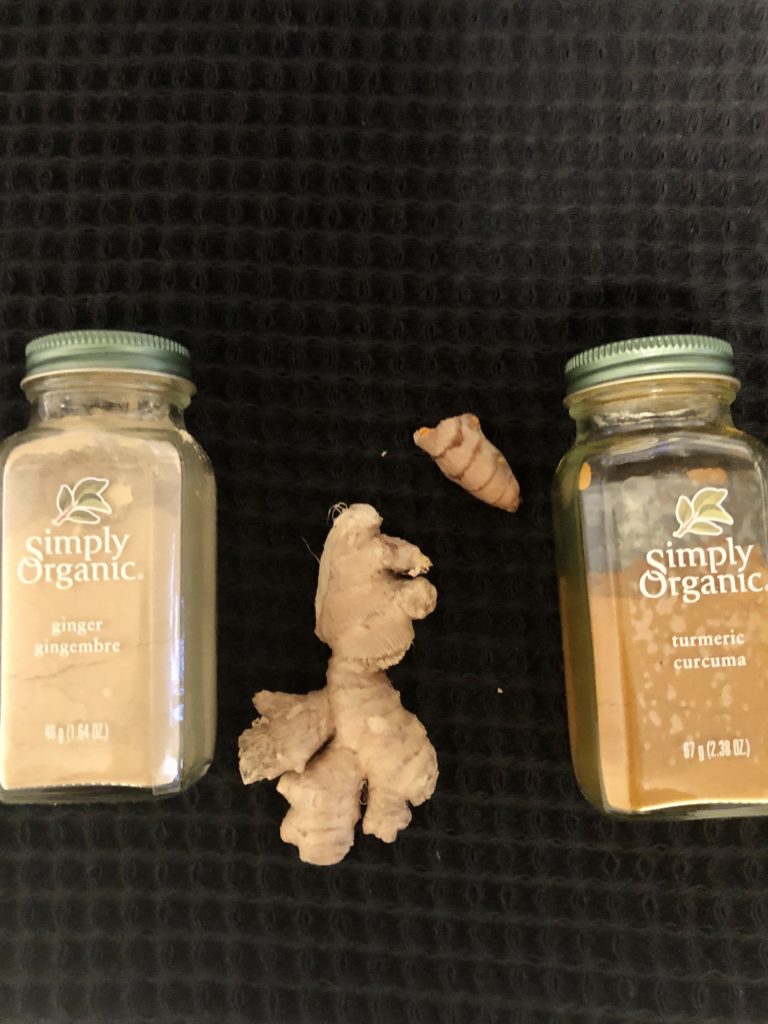
Not only are spices affordable, accessible and easy to store, they also have health benefits in addition to enhancing the taste of whatever you are making. Spices have been cherished for thousands of years and have even been used as a form of currency.
Cassia, similar to cinnamon, was mentioned in a Chinese herb manual purported to have been written in 2700 BC. In 1555 BC, Papyri from Ancient Egypt classified coriander, fennel, juniper, cumin, garlic and thyme as health-promoting spices. Pepper was so valuable that peppercorns were used to pay rent throughout Europe in the Middle Ages.
Needless to say, the history of spices runs deep and their health benefits have been recognized for thousands of years. There is now ample evidence that spices and herbs have antioxidant, anti-inflammatory, antitumorigenic, anticarcinogenic, and glucose and cholesterol-lowering activities in addition to properties that affect cognition and mood.
Action – There are many varieties of spices used around the world and, depending on where you are from, some will be more familiar to you than others. Don’t be afraid to experiment with different ones and see what you enjoy. Healthy properties have been discovered in many of them, including but not limited to some of the more common ones such as chili pepper, cinnamon, ginger, black pepper, turmeric, fenugreek, rosemary, and garlic.
Steps – Many stores now sell spices either in bulk bins or in smaller packages so you don’t need to buy an entire jar and find out it isn’t something you like. Be liberal with their use, but don’t go overboard. Spices can quickly overwhelm the taste of the food you are making and leave you with a bad experience. Start with small amounts and taste as you go, remembering that it’s easier to add than to take away.
Why It Makes You Feel Better – Spices have polyphenols and antioxidants that have proven health benefits. For reducing inflammation, for example, the best spices to use are cloves, ginger, rosemary and turmeric. Turmeric has also been deemed useful in the prevention of diabetes in this landmark study.
Be cautious about taking supplements instead of using the spice itself. Far more benefits and less risk is always associated with using a more natural form instead of an isolated component. Turmeric, for instance, has over 300 components but circumin has been isolated and is now sold in supplement form. But turmeric possesses other healing compounds, and research has shown that the whole spice used it in its entirety has more benefits.
Example – Check out your spices and get rid of any that have been around for a long time. Spices have a shelf life and they change in taste and in efficacy with age. It’s better to buy small amounts that you will use within a year than to buy in bulk and have them sit for a long period of time. Store them in glass containers and make sure they aren’t exposed to moisture.
Every time you cook something, think of adding more than just salt and pepper. Experiment and take inspiration from all of the different types of food that use spices, including Indian, Mexican, Italian and Greek. Most areas of the world have distinctive culinary taste profiles that are dependant on spices, and you can enhance the taste of anything you make with the addition of a dash or two.

